Sheffield museum's exhibition tells lesser-known story of World War One
and live on Freeview channel 276
‘For King and Country’ will open next month at the city’s National Emergency Services Museum (NESM).
It will explore the role police, fire and ambulance personnel played during the conflict, both on the front line and at home, and reveal the lasting impact the war had on the development of the emergency services.
Advertisement
Hide AdAdvertisement
Hide AdIt’s a story that is not well-known, as museum curator Holly Gosling explains.
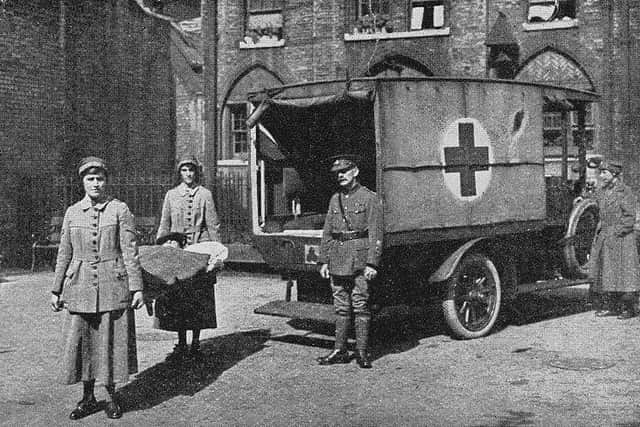

“World War II is often thought of as being the first conflict that mobilised the whole country but it was World War I that set the template, and which led to some huge changes in society.
"The emergency services couldn’t escape from that wave of change, either during the war or after it.
“From the millions of men who left the police or fire service to ‘do their bit’ as ordinary soldiers, to the women who took the opportunities war presented to prove themselves in a man’s world, there are so many stories to be discovered when you delve into the history of the emergency services during World War I.”
Advertisement
Hide AdAdvertisement
Hide AdOne of those stories is that of police officer George Wyatt, who features in the exhibition.
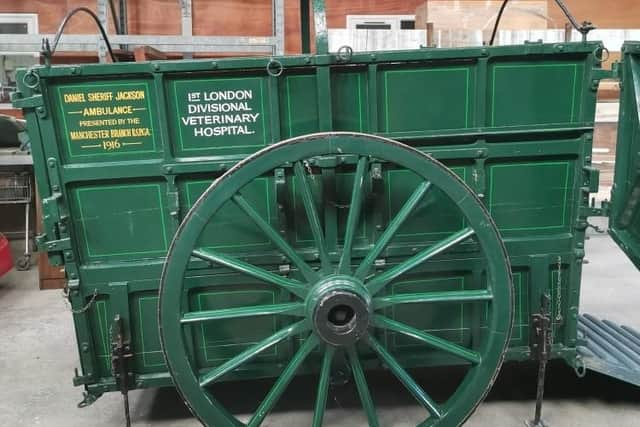

After serving in the army for just over four years George joined the Barnsley Police Force in 1909 but in 1914 was recalled as a reservist and sent to France.
There, in the first months of the war, he took part in the infamous Battle of Mons. On two occasions he displayed such outstanding bravery he was awarded the Victoria Cross.
Despite being wounded twice, George survived the war and returned to the police force, serving with the Doncaster force until his retirement in 1934. He died 30 years later, in January 1964.
Advertisement
Hide AdAdvertisement
Hide AdWhile men were fighting in the trenches, the war gave women the chance to make their mark on the front line too.
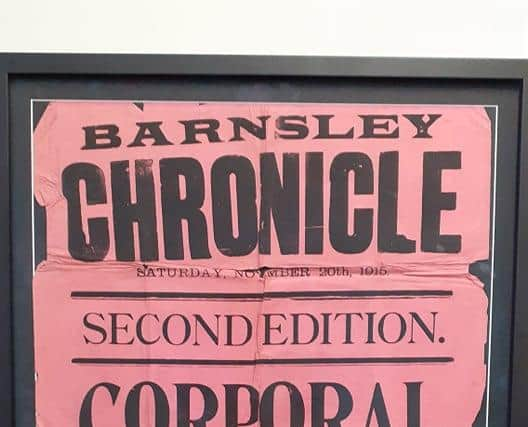

‘For King and Country’ explores how some of the earliest opportunities for women to take an official role in the emergency services came as part of the ambulance and medical services.
Despite a huge degree of reluctance on the part of the authorities to allow women at the front, many joined organisations such as the Red Cross or other volunteer units like the First Aid Nursing Yeomanry Corp. Travelling to France and Belgium as volunteers, pioneering women like Lady Dorothie Feilding, Elsie Knocker and Marie Chisholm showed tremendous courage – winning medals for bravery - and proved to those in charge that women could play an active role in the emergency services.
Taking it one step further was the incredible Flora Murray, whose story features in the exhibition.
Advertisement
Hide AdAdvertisement
Hide AdA trained doctor, on the outbreak of war she and her partner Dr Louisa Garrett Anderson founded the Women’s Hospital Corps.
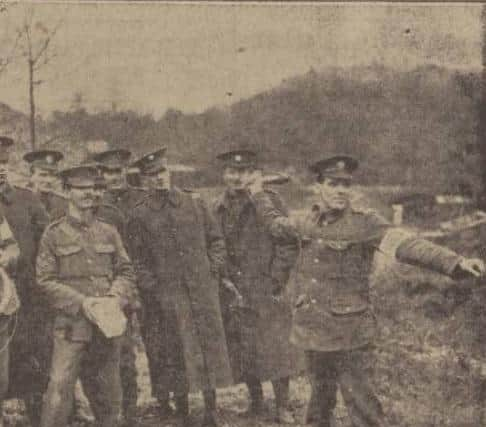

They opened military hospitals in Paris and the Pas-De-Calais, staffed almost entirely by women, and were later invited by the War Office to open the Endell Street Military Hospital in London, under the Royal Army Medical Corps.
In just over four years, from 1915, it treated more than 50,000 casualties.
While the war opened up new opportunities for women at the front, the same was true at home as females stepped in to fill the gaps left by men who had joined up.
Advertisement
Hide AdAdvertisement
Hide Ad‘For King and Country’ examines how necessity led the emergency services to officially recruit women into their ranks for the first time including, in 1916, Edith Smith; the first ‘official’ women police constable in England with full powers of arrest.
Included in the new exhibition, and helping to tell these stories, are a collection of historic and unique objects, many of them on display at NESM for the first time.
One of the most striking of these – and certainly the largest object that the museum has acquired for the exhibition – is a World War I era horse drawn Lingfield horse ambulance.
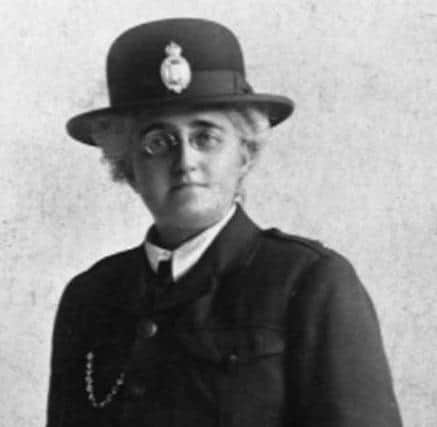

Used to transport dead or injured animals on the front line, this historic vehicle has been loaned to the museum by a private collector.
Advertisement
Hide AdAdvertisement
Hide AdOther objects include a series of scrapbooks created during World War I by women from the Royal College of Nursing, diaries and personal memoirs, a trench map and an original wartime nurse’s uniform.
The exhibition, which is being housed in a recreated trench dugout, will open to the public on Friday November 12.
For more information on the display visitnesm.org.uk.
This November Sheffield will remember the service and sacrifice of those in our Armed Forces and those who gave their lives for our country.
V arious activities will take place, including the city’s Poppy Appeal, which will begin on October 30, a poppy laying service with The Royal British Legion Sheffield and a civic service of remembrance at the cenotaph in Barkers Pool. Lord Mayor of Sheffield, Coun Gail Smith, will receive the first poppy.
Sheffield Council is to announce full plans shortly.